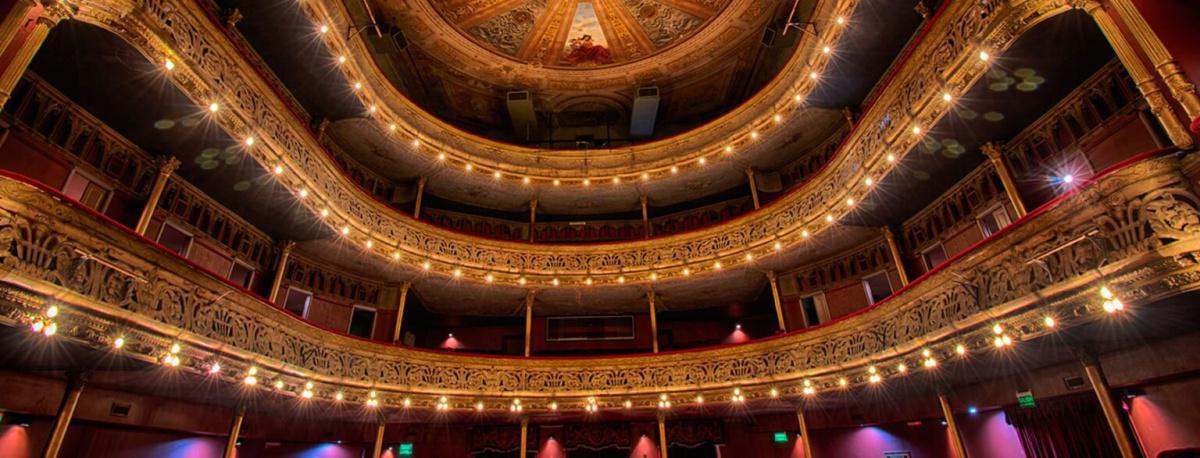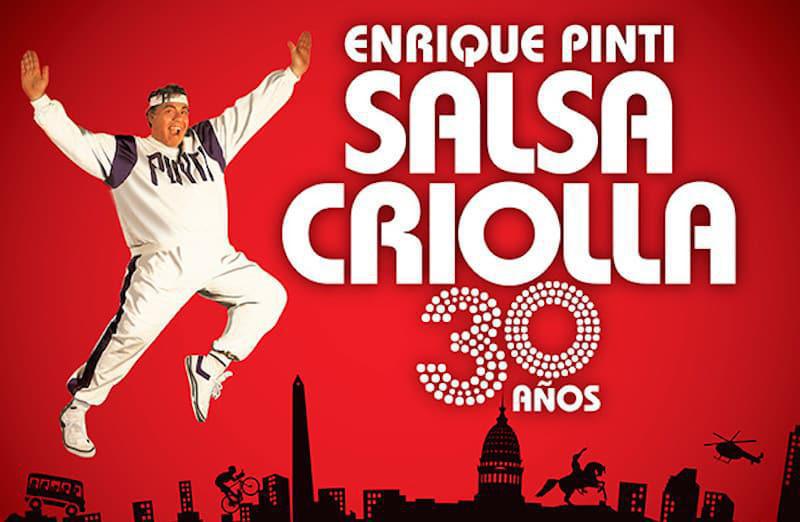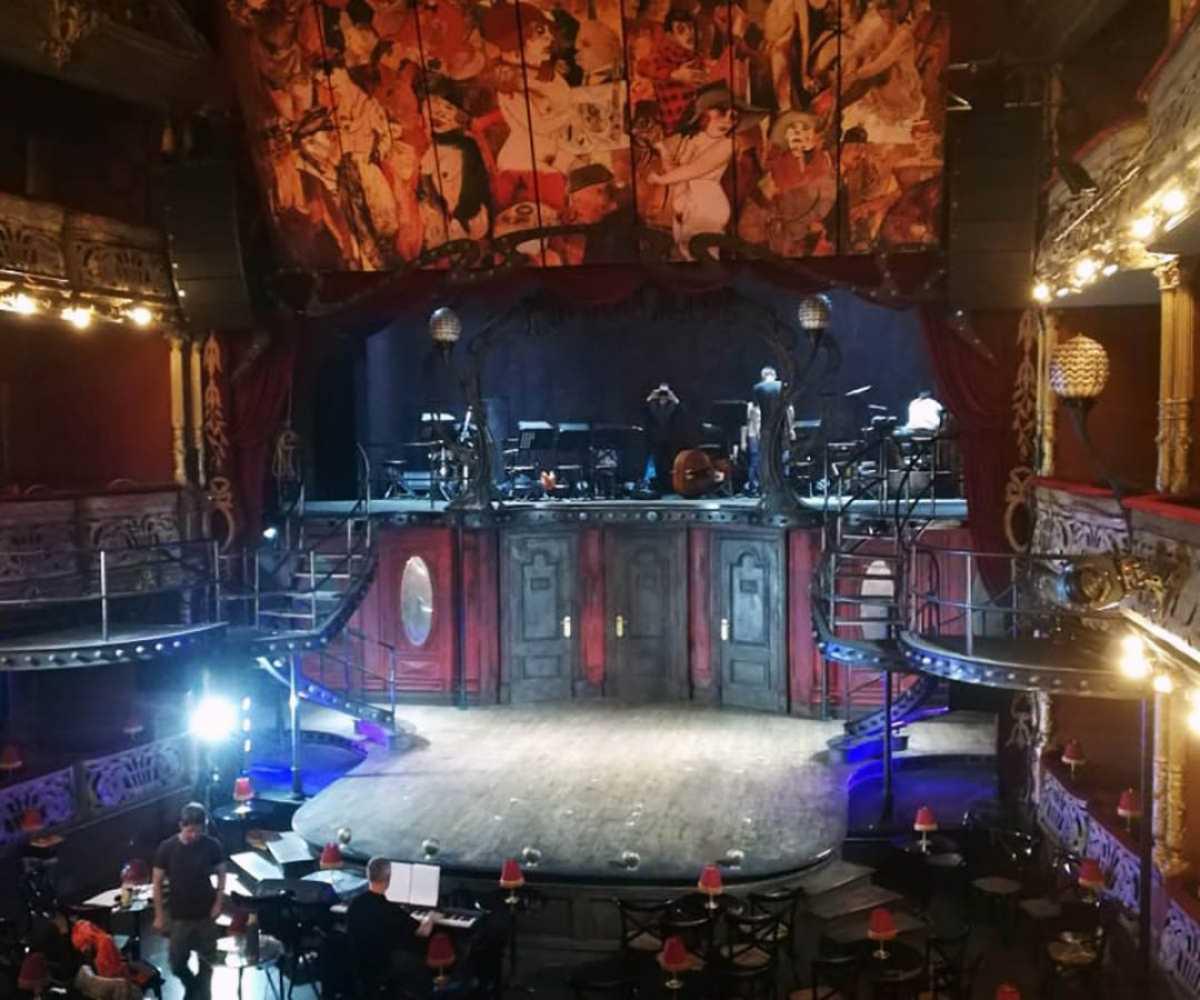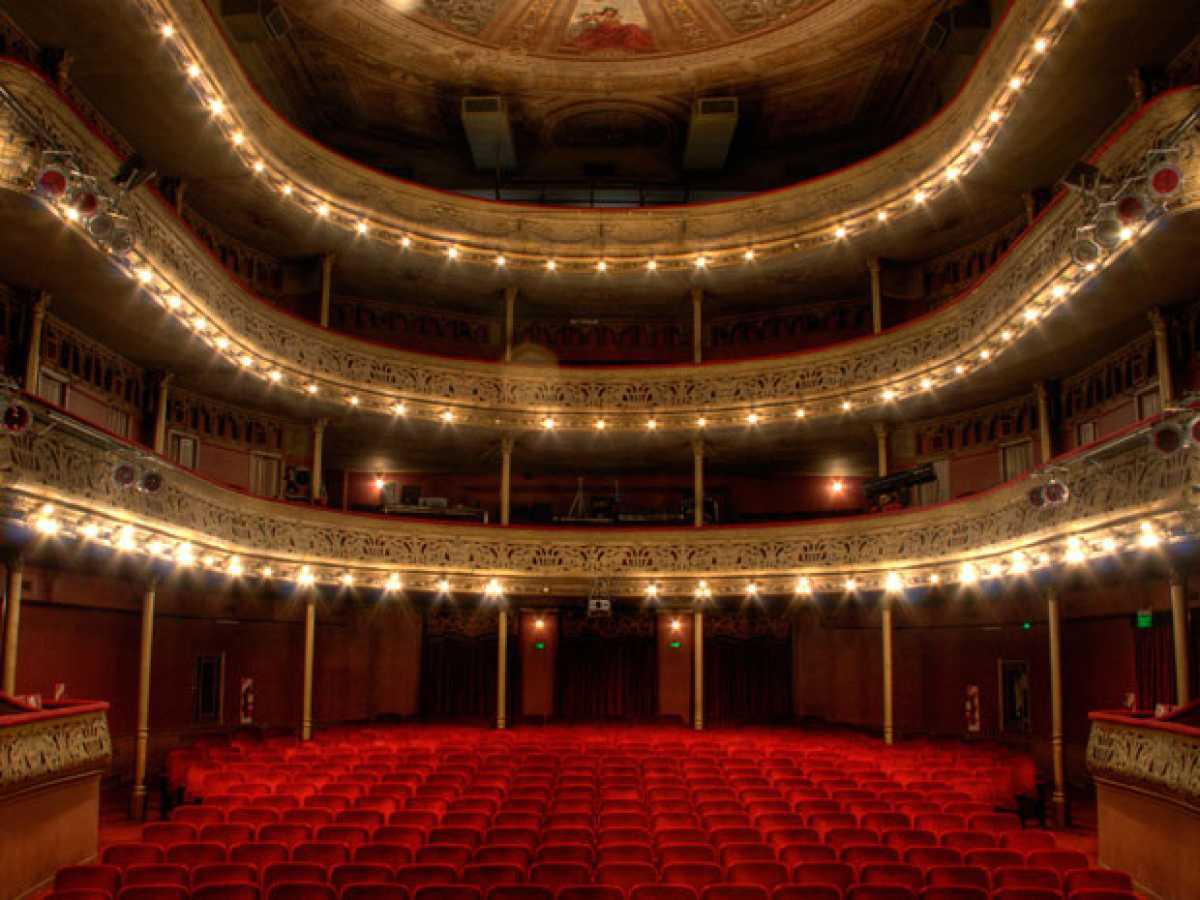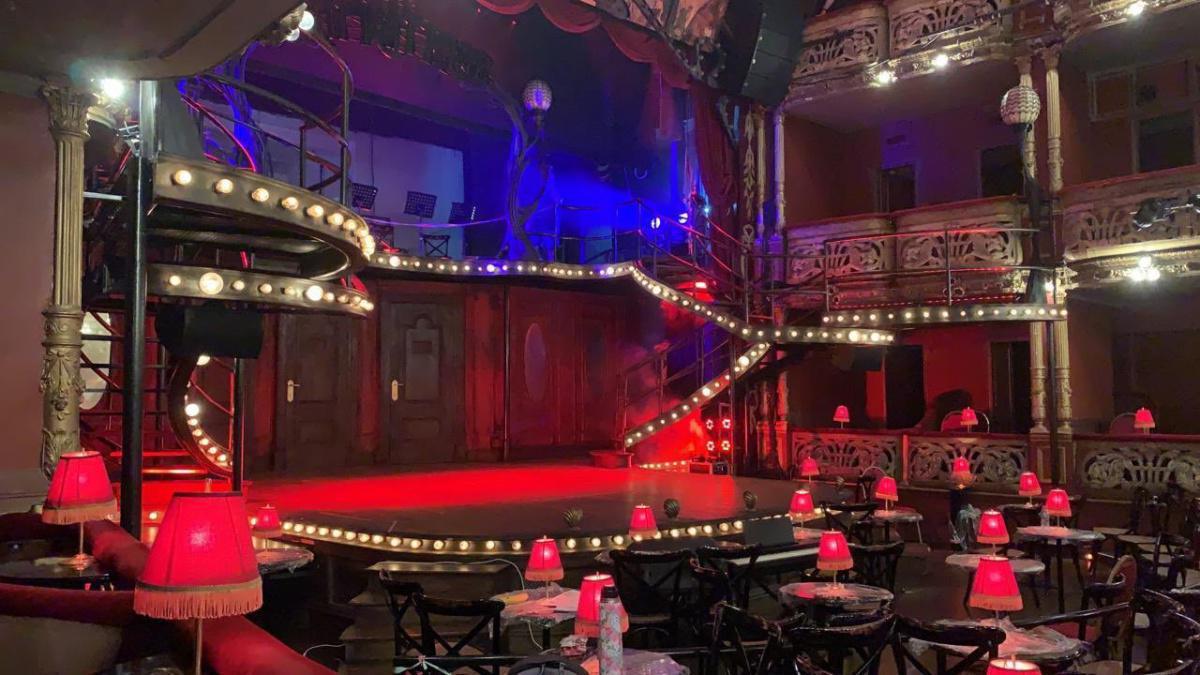
Comentarios
R1-P4. Teatro Liceo
1499 Av. Rivadavia San Nicolás
Breve Historia
Short History
Es el teatro en pie más antiguo de la Ciudad de Buenos Aires ya tien 150 años.
It is the oldest standing theater in the City of Buenos Aires and it is already 150 years old.
Está emplazado en barrio San Nicolás en la esquina de Av. Rivadavia y calle Paraná, frente a la plaza Lorea y a escasos cincuenta metros de Avenida de Mayo.
It is located in the San Nicolás neighborhood on the corner of Rivadavia Avenue and Paraná Street, in front of Lorea Square and only fifty meters from Avenida de Mayo.
En 1873 el empresario francés Tourneville llamó "El Dorado" al barrancón de madera donde su companía representaba las funciones teatrales.
In 1873 the French businessman Tourneville called "El Dorado" to the wooden balcony where his company represented the theatrical performances.
Posteriormente tuvo otros propietarios y su nombre fue variando, en 1877 representaba compañías italianas y se llamaba "Goldoni", también se llamó "El Progreso" y "Rivadavia".
Later it had other owners and its name was changing, in 1877 it represented Italian companies and was called "Goldoni", it was also called "El Progreso" and "Rivadavia".
En 1893 fue reconstruido bajo la dirección técnica y planos del arquitecto Amador Arnaldi y el 16 de Mayo de 1907, comenzó a llamarse "El Moderno", hasta que en 1918 adopta su actual nombre de "Liceo" ,en conmemoración al lugar donde Sófocles daba sus conferencias en Atenas.
In 1893 it was rebuilt under the technical direction and plans of the architect Amador Arnaldi and on May 16, 1907, it began to be called "El Moderno", until in 1918 it adopted its current name of "Liceo", in commemoration of the place where Sophocles gave his lectures in Athens.
El Record de Enrique Pinti
Enrique Pinti's Record
Estrenado en 1985, Salsa Criolla fue el espectáculo que batió récords tanto de permanencia en cartel como de número de espectadores, efectuando un total de 2957 funciones, llevando 1.983.375 espectadores siempre a sala llena y con el continuo beneplácito de un público fiel y seguidor que llegó a ver el espectáculo más de una vez y que aún recuerda el emocionante final con la canción “Quedan los artistas” y siempre en el Teatro Liceo.
Premiered in 1985, Salsa Criolla was the show that broke records both in terms of its permanence on stage and the number of spectators, performing a total of 2957 shows, bringing 1,983,375 spectators, always to a full house and with the continuous approval of a loyal audience that came to see the show more than once and that still remembers the exciting ending with the song "Quedan los artistas", always at the Teatro Liceo.
Entre 1880 y 1914 se inauguran numerosas y suntuosas salas teatrales en Buenos Aires, el Teatro Liceo fue testigo privilegiado de épocas esa época.
Between 1880 and 1914, numerous sumptuous theaters were inaugurated in Buenos Aires, and the Teatro Liceo was a privileged witness of those times.
Por el escenario de este teatro, el que continúa ostentando orgullosamente sus formas y decoración originales, transitaron figuras destacadas tales como: Jerónimo y Pablo Podestá ilustre familia de actores y comediantes impulsores del teatro criollo, Camila Quiroga, Luis Arata, César Ratti, Eva Franco y Paulina Singerman entre otros.
On the stage of this theater, which continues to proudly display its original forms and decoration, were prominent figures such as: Jerónimo and Pablo Podestá, an illustrious family of actors and comedians who promoted the criollo theater, Camila Quiroga, Luis Arata, César Ratti, Eva Franco and Paulina Singerman, among others.
En 1993 corrió peligro de cierre. Eran años duros para el teatro. El empresario Carlos Rottemberg se hizo cargo del mismo en ese momento y conservó su nombre.
In 1993 it was in danger of closing. Those were hard years for the theater. Businessman Carlos Rottemberg took over the theater at that time and kept its name.
En el año 1986 el Museo de la Ciudad le otorgó un diploma reconociéndolo como "Testimonio vivo de la memoria de la Ciudad".
In 1986 the City Museum awarded him a diploma recognizing him as a "Living testimony of the memory of the City".
También ha sido declarado tanto a nivel nacional como de la Ciudad de Buenos Aires "Edificio de valor histórico y cultural".
It has also been declared both nationally and by the City of Buenos Aires as a "Building of historical and cultural value".

